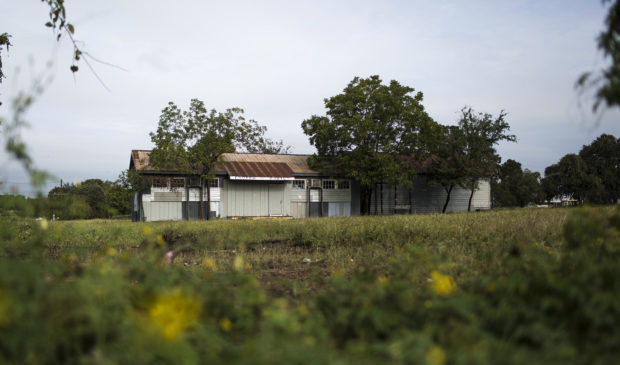Austin loosens rules for designating buildings historic
Wednesday, October 18, 2017 by
Syeda Hasan It may be easier for properties in Austin to be zoned historic now.
Until a few weeks ago, if a property owner filed written opposition to the designation, the city’s Historic Landmark Commission needed a two-thirds vote to override those wishes and recommend the site for historic zoning. An ordinance passed by City Council last month requires a simple majority vote.
The resolution was written by Mayor Pro Tem Kathie Tovo, who notes that the 11-member commission sees frequent absences so it doesn’t always have enough votes to reach the two-thirds threshold.
Tovo said that has led to demolitions of buildings that could have been considered historic.
“We had some cases that were very widely supported by the landmark commission and very widely supported by the community, but they failed to get that two-thirds majority because we had a couple commissioners who were absent that day or recused,” she said. “And one or two (commissioners) frequently, if not always, voted against landmark designations.”
One such case involved the Montopolis Negro School. In December, the segregation-era building in East Austin fell just one vote short of getting that two-thirds approval by the commission. Tovo said she thinks the new requirement will lead to a fairer voting process.
“I believe the code is pretty clear,” she said. “The landmark commission and the commissioners are there to assess whether a property falls in line with the criteria we’ve outlined in our code, and if they have an ideological difference with the code, then the place to advocate for changes is really at the Council level.”
Groups representing Austin developers opposed the change.
Austin Infill Coalition, a group representing local builders, sent Council a memo before the vote laying out its concerns. It recommended implementing a system of alternate commissioners who would vote for absent representatives.
“It does impact the homeowner who is trying to sell what is often their largest family asset,” said Scott Turner, who owns Riverside Homes and is a member of the coalition.
Turner said he’s concerned about the potential impact the new rule will have on Austin homeowners. He pointed to the case of Reedy Spigner, which came before Council last year. The East Austin homeowner wanted to demolish his childhood home and build multiple units on the property, but he faced months of delays in getting a permit. He estimates that cost him thousands of dollars.
“They get caught up in what amounts to a bigger-picture political discussion about issues that may not have anything to do with that homeowner,” Turner said.
But Turner said he doesn’t think the ordinance will change much in terms of the number of demolitions. All contested historic zoning cases still require a final three-fourths vote by Council.
Since 2013, more than 1,200 homes in Austin that were 50 years or older have been demolished.
This story was produced as part of the Austin Monitor’s reporting partnership with KUT. Photo by Martin do Nascimento / KUT.
The Austin Monitor’s work is made possible by donations from the community. Though our reporting covers donors from time to time, we are careful to keep business and editorial efforts separate while maintaining transparency. A complete list of donors is available here, and our code of ethics is explained here.
You're a community leader
And we’re honored you look to us for serious, in-depth news. You know a strong community needs local and dedicated watchdog reporting. We’re here for you and that won’t change. Now will you take the powerful next step and support our nonprofit news organization?










